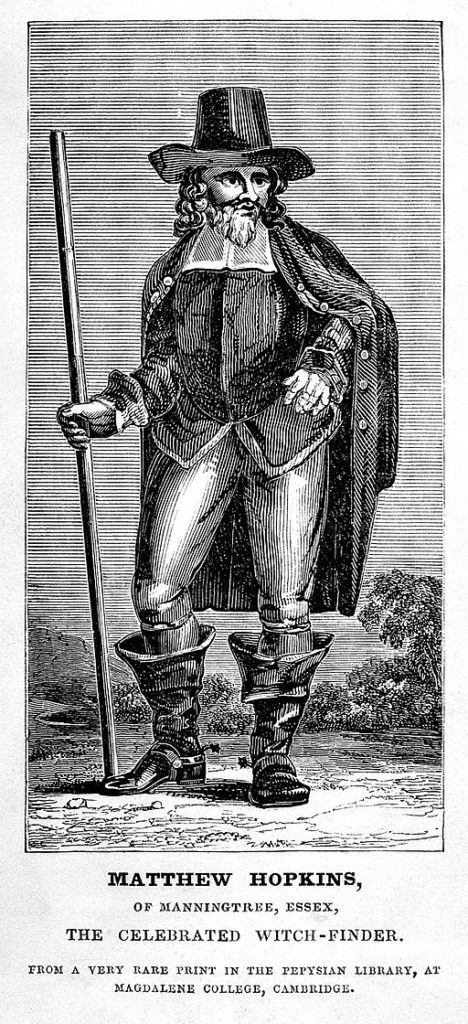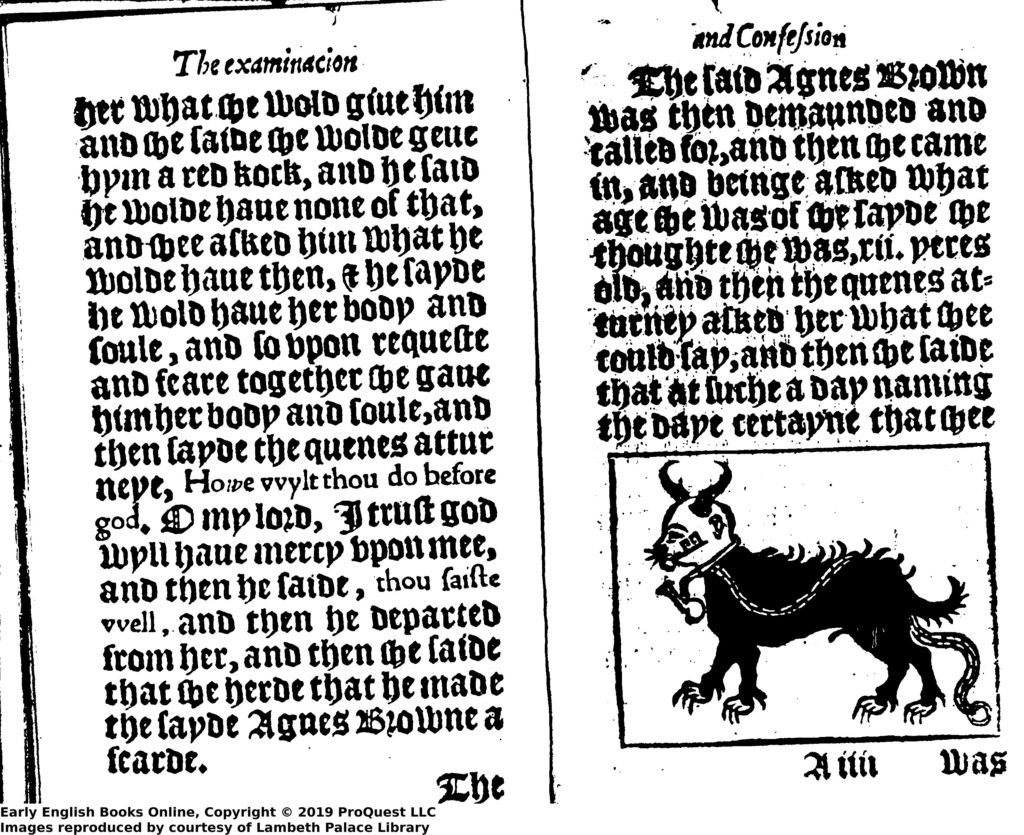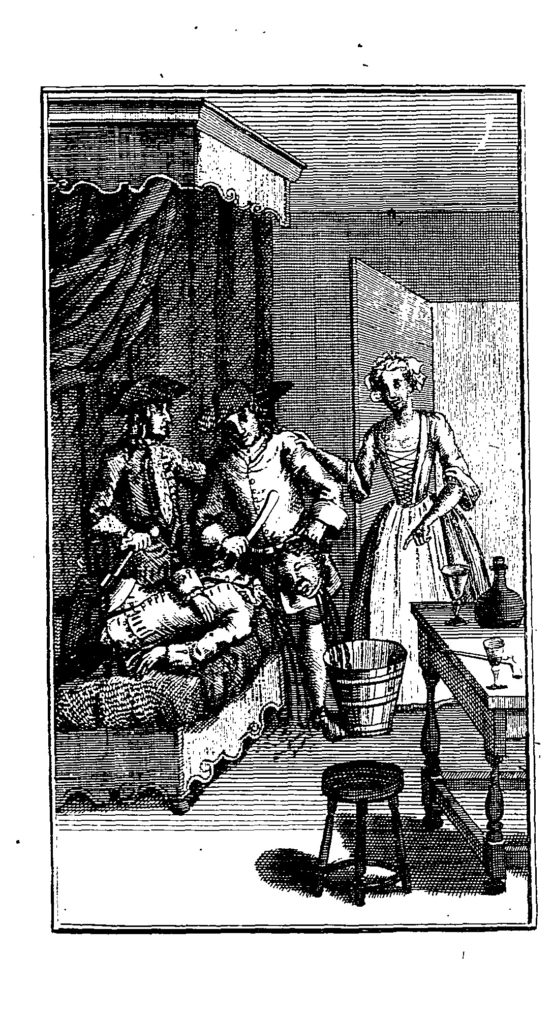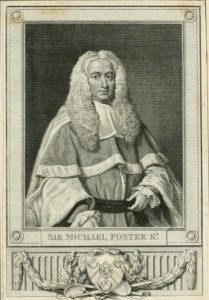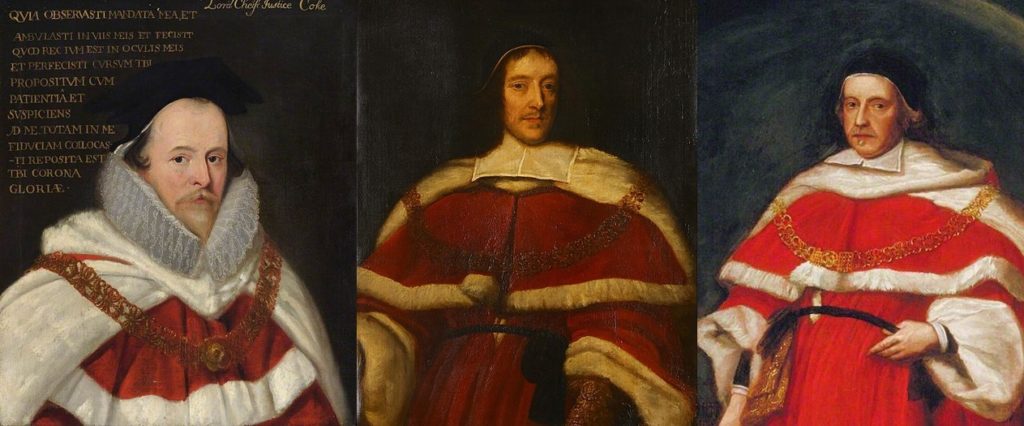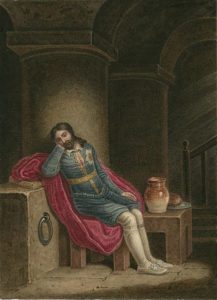Infanticide – part II (1700-present)
[iframe style=”border:none” src=”//html5-player.libsyn.com/embed/episode/id/34730745/height/100/width//thumbnail/no/render-playlist/no/theme/custom/tdest_id/3028007/custom-color/87A93A” height=”100″ width=”100%” scrolling=”no” allowfullscreen webkitallowfullscreen mozallowfullscreen oallowfullscreen msallowfullscreen]
In today’s episode, we continue to look at infanticide. We start by discussing the 2016 Canadian case of R v. Borowiec, where a woman was convicted of infanticide after killing two of her babies and attempting to kill a third. The courts found she was guilty of infanticide — and not murder — because she was mentally disturbed at the time of the acts. The distinction is important because the crime of infanticide carries with it a much lower punishment than murder does.
To better understand this case, we need to go back to the history of infanticide. Last time, we saw courts in the 1600 and 1700s refusing to convict women of infanticide–and sentence them to death–when there was no evidence they killed their child. But starting in the 1700s, courts begin to refuse to convict women of infanticide even when there is evidence of murder!
What explains this change? Why don’t juries think that women who kill their children are guilty of murder? How should the law treat infanticide?
If you like the episode, please help us out by reviewing it on your podcast app, or sharing the podcast with a friend!
As always, check out the website for sources and more details at historyofmurderpodcast.com.
